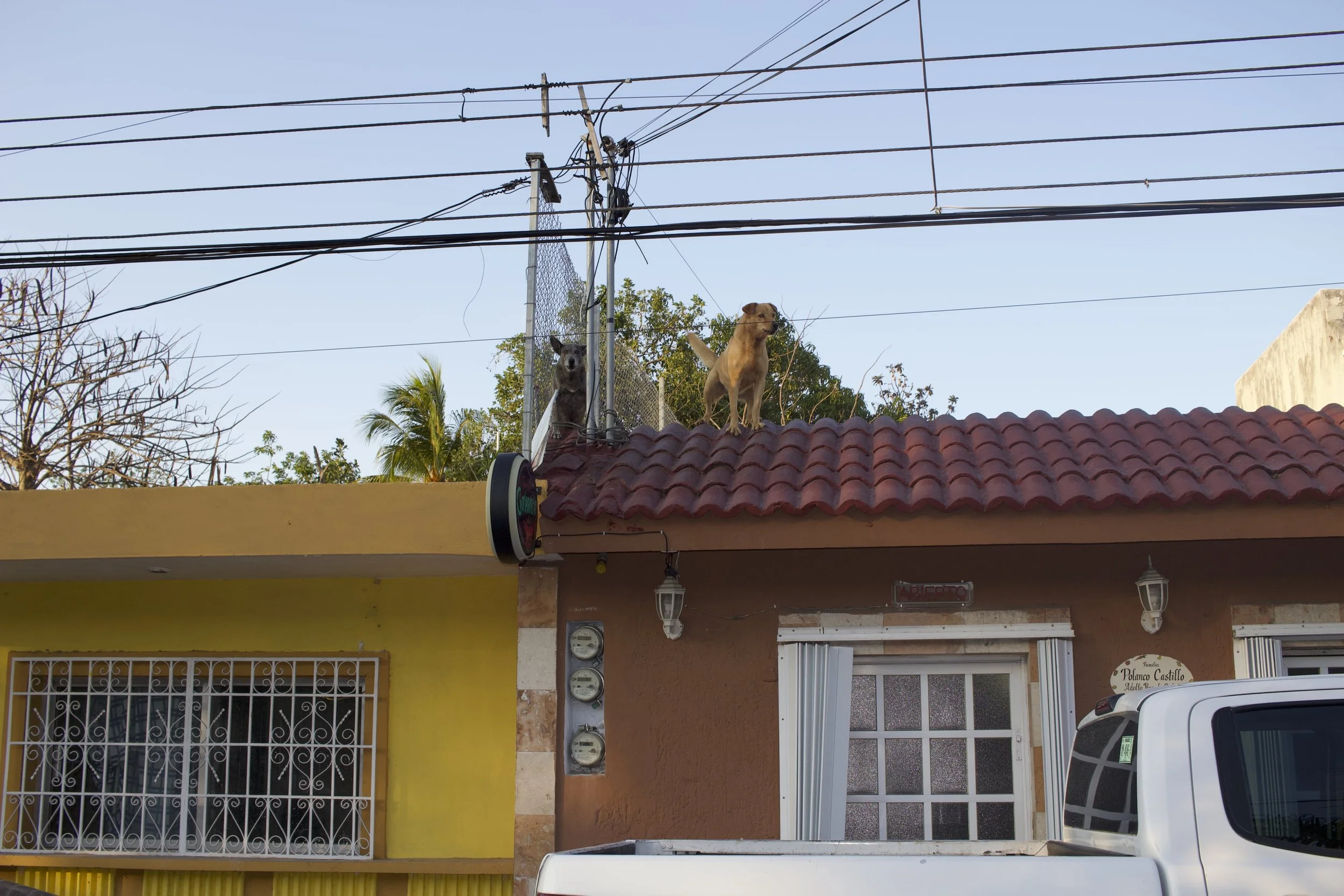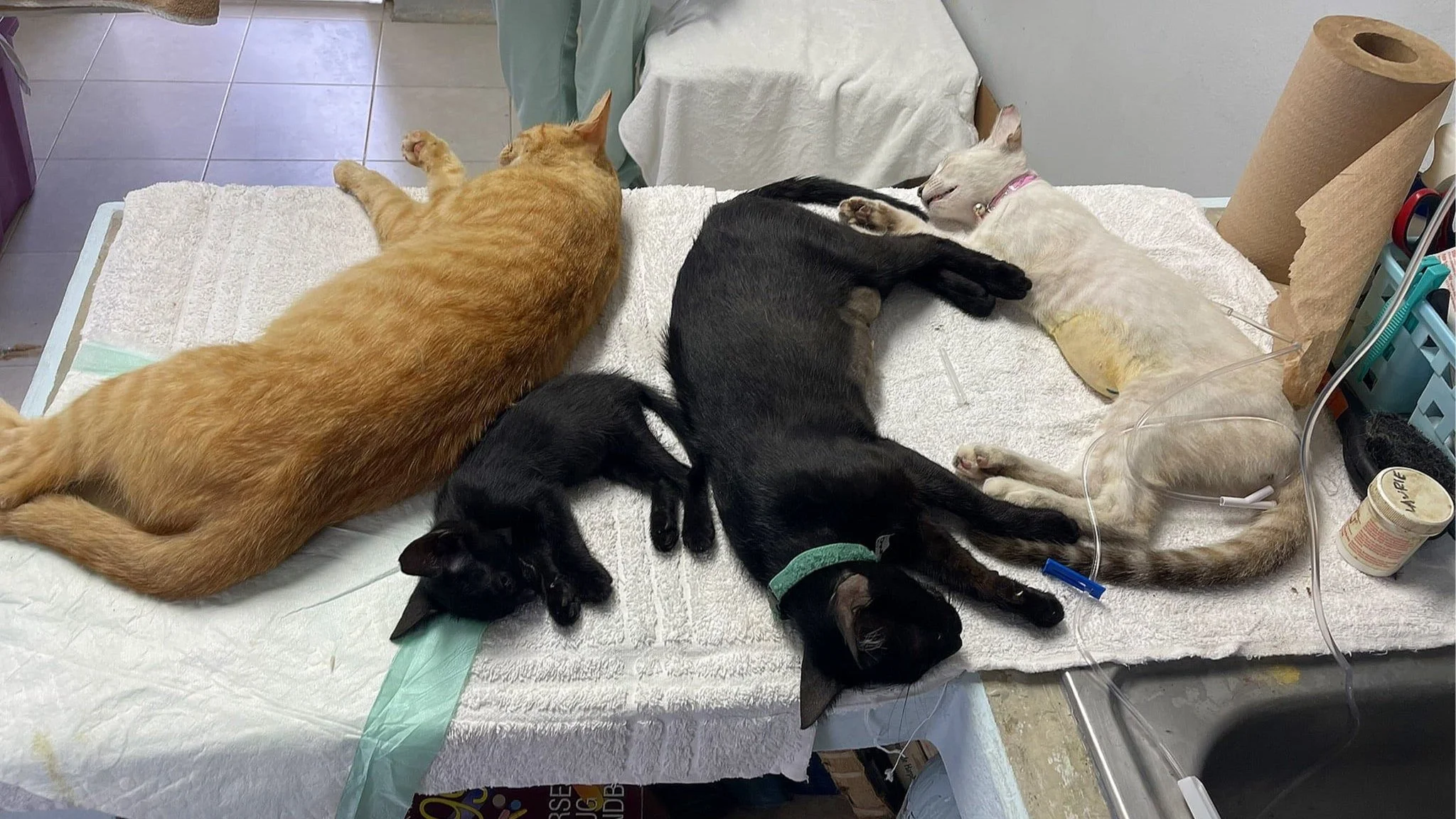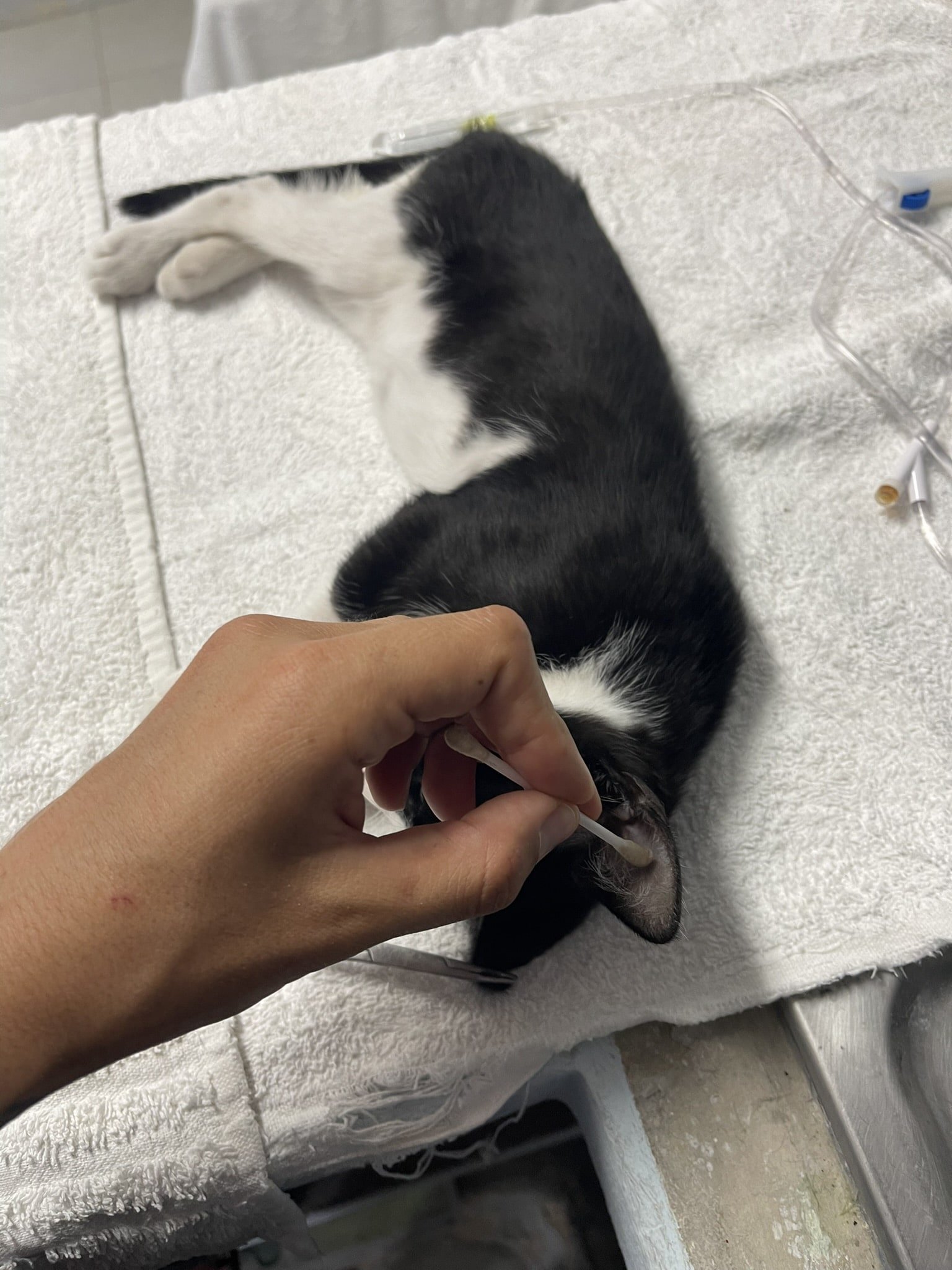Transforming Lives: Saving Stray Animals in Cozumel
Volunteering to help with the stray population is by far one of my favorite things to do when traveling. Street dogs and cats are in constant danger. Every day, they face the risk of starvation, injury, harm from humans, and severe health issues, all of which cause immense pain and suffering. Fortunately, in Cozumel, the locals seem to have a good relationship with the strays, taking them in, feeding them, and caring for them as best as they can.
Although the stray dog and cat population has decreased significantly due to mass sterilization efforts on the island, it's still a notable issue in Cozumel. For those with some extra time and a passion for volunteering for the greater good of the strays, the Humane Society of Cozumel is the place to be. They offer free sterilization for all animals on the island. Keep reading to find out how you can help transform these lives in Cozumel.
Disclaimer: This post contains affiliate links. If you click through and make a purchase, my blog may receive a commission at no additional cost to you.
Saving Stray Animals in Cozumel
Humane Society of Cozumel
Location: Located 5-6 km from the downtown area of San Miguel, it took me about 20 minutes to bike there each day.
How to Volunteer: There is an option to submit a request online, but I suggest heading to the Humane Society in person to show that you are serious about volunteering and to discuss how many times a week you are available. They are always in need of more volunteers. Bring lots of water and snacks with you on the days you choose to volunteer.
Minimum Number of Days: I do not believe there is a minimum requirement, but the more you can volunteer, the better!
Volunteer Roles:
Pre-Surgery: This includes shaving and helping the certified vets prep for sterilizations.
Post-Surgery / Recovery: This is what I focused on helping with. I was trained on how to care for cats and dogs post-surgery. My days started at 9:30 AM and ran until 1:00 - 2:30 PM depending on the number of animals being sterilized. The number usually ranged from 13-25 per day.
My Responsibilities Included:
Cauterizing cat ears (ears are used as markers for which cats have been sterilized)
Giving animals fluids via IV
Checking for fleas and ticks
Cleaning ears
Clipping nails
Removing breathing tubes
Cleaning up post-surgery fluids
Returning animals to their enclosures
TNR (Trap-Neuter-Release): This program focuses on capturing strays, sterilizing them, and releasing them.
Transport: This volunteer position involves helping transport TNR animals and the mobile clinic.
Cat Sterilizations, IV Fluids, and Watching Over them.
Fostering: Fostering is available for those staying on the island long-term in a place that allows animals.
Adoption: There are some animals available for adoption at the Humane Society. To learn which animals are available, check out their social media, send them a message, or stop by. They will help you with all of the paperwork and explain how to get your new family member back to your home country.
Flight Volunteer: To transport an animal to its new home, they need a passenger to accompany them on the plane while it travels in the cargo hold. If you are flying out of Cozumel or Mexico and want to be a flight volunteer, reach out to the Humane Society for the next steps.
Events: They do occasionally run events to raise money for sterilizations. Upcoming events can be found on their social media.
Donations: Donating is a great option for those who want to help from afar or prefer to be less physically involved. Donations can be made on their website.
My Experience: I volunteered with this organization for about a month. As mentioned above, I focused on post-surgery care on sterilization days (I had some experience with this from my time in Lombok). I really enjoyed this role because it allowed me to learn valuable skills such as how to inject IVs, monitor them, and remove them, and how to cauterize cat ears. I gained a lot of knowledge about the overall health of animals that will help me with my future volunteer opportunities.
Each day, I rode my bicycle for 20 minutes to the shelter. My days started at 9:30 AM and ran until 1:00 to 2:30 PM, depending on the number of animals being sterilized, which usually ranged from 13 to 25 per day. My primary responsibility was monitoring the animals' breathing and waking from anesthesia. I also cauterized and cleaned ears, checked fur for parasites, clipped nails, removed breathing tubes, and cleaned stitched areas.
Aside from contributing to the greater good of stray animals, I found the experience incredibly valuable and learned a lot in a short amount of time. I would highly recommend the Humane Society of Cozumel to anyone looking for a place to volunteer.
Other Organizations on the Island: KAN is another organization on the island that focuses on mass sterilizations. For more information head here.
General Information on Cozumel
Best Time to Visit:
Cozumel is great to visit 365 days a year, but I think the best time is March to early June–after peak season and before the real rainy season begins. Peak season is December-February so expect it to be busy. Rainy and hurricane season is mostly July-November but of course, it can expand into before or after those months. I have been here during March, April, May, June, and July.
Tips:
How to Get to Cozumel:
Flying (the best option):
Cozumel has an airport right on the island that is located only 3-4 km from downtown San Miguel.
To book flights, I suggest looking on Kiwi.com or Skyscanner.com for the best flight deals. Unlike Google Flights, Kiwi and Skyscanner include regional flights in their search results.
Ferry:
You can take the 45-minute passenger ferry into Cozumel from Playa del Carmen.
This ferry runs every hour with 3 companies running them: Winjet (orange) Xcaret (blue) and Ultramar (yellow). Check the sites for updated schedules and pricing.
Mode of Transport in Cozumel:
Taxi, bicycle, motorbike. Cozumel is very walkable and transport is only really needed to tour the entire island or to reach specific beach clubs or beaches that are further away. I took 1 taxi during my time here and it was from the airport. Motorbikes are around $350-450 pesos daily. Bicycles are around 250 pesos.
If you prefer, can you rent a car here!
Where to Stay:
I recommend staying right in San Miguel to be within walking distance of nearly everything you need. The beaches however will be a bit farther by foot or you can opt to rent a motorbike or bicycle.
Best Accommodation Options For Every Traveler
Best Backpacker/Hostel Option:
Best Low-Budget:
Best Mid-Budget:
Best Luxury:
You can also find hotel deals at Agoda and Hostel World! You can help support my travel blog by clicking and booking through the links!










